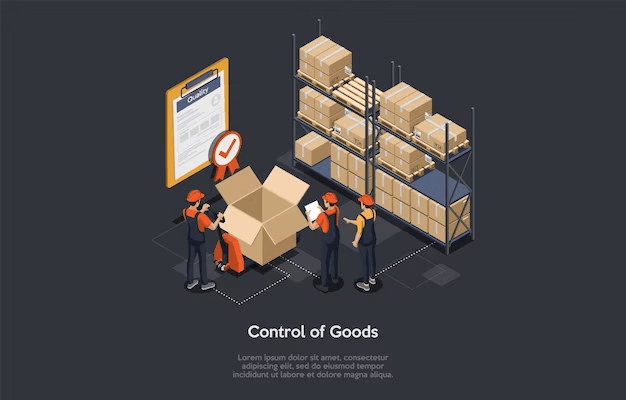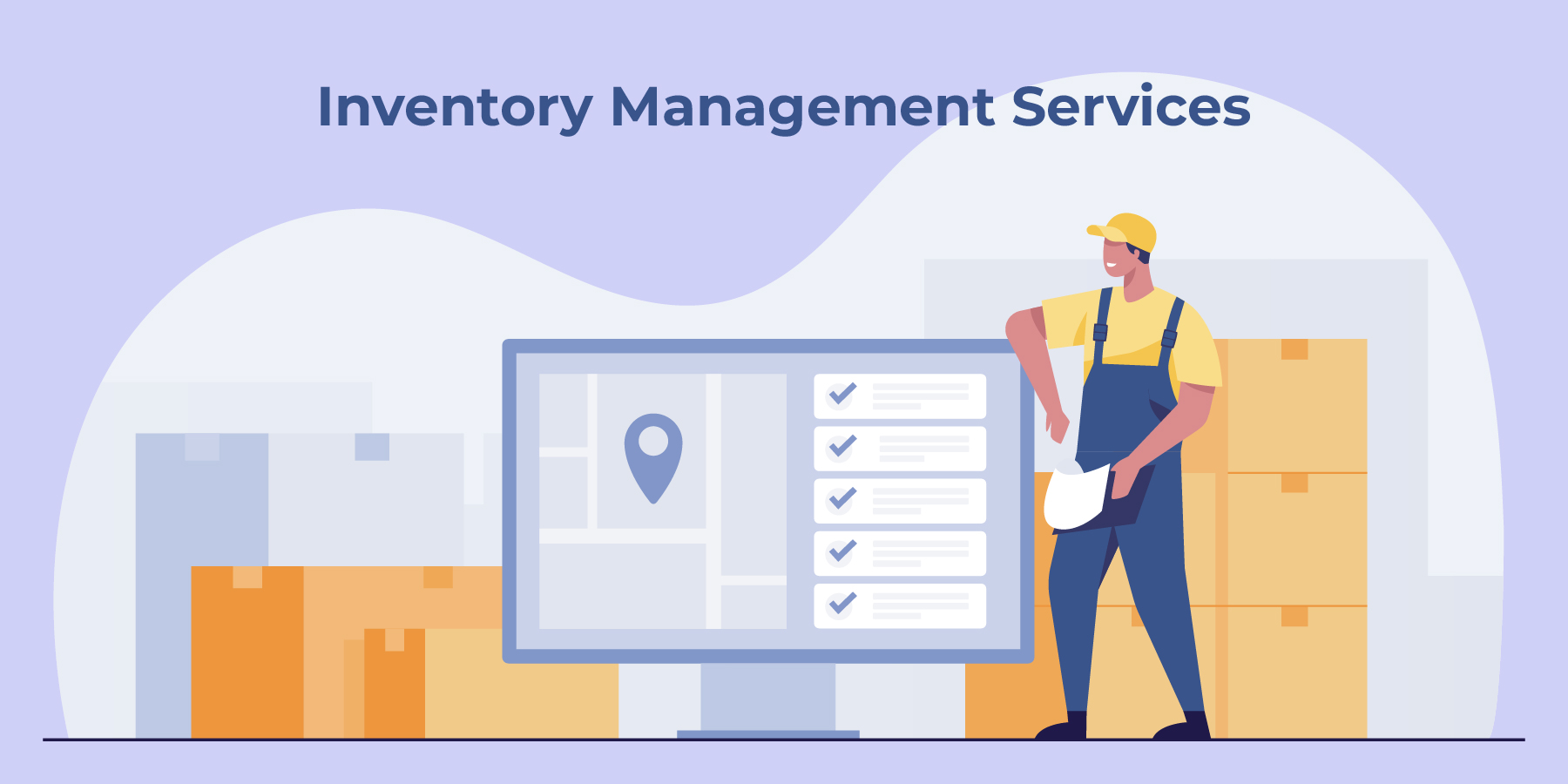Are you a small business owner trying to manage your inventory efficiently without spending a fortune? Did you know that fantastic free inventory management software options are available out there? They can help you keep track of your inventory, manage stock levels, and create insightful reports. You can now do away with the hassle of manual counting and confusing spreadsheets. Here is a list of small businesses' top 5 free inventory management software. Let's get started!
1. Zoho Inventory
Zoho Inventory is an inventory management tool for small to mid-sized businesses that is cloud-based.
- Centralized Control: It offers a centralized system to manage sales, purchase orders, and inventory tracking effectively.
- User-Friendly: The software provides user-friendly dashboards, kitting capabilities, and alerts for low stock levels.
- Effortless Shipping: Zoho inventory management services include shipping management tools that automate purchase orders and shipment tracking tasks.
- Seamless Integration: It integrates with popular e-commerce platforms.
- Cost-effective: The free plan allows access to 50 orders and 50 shipping labels per month for a single warehouse. It is a cost-effective solution for streamlined inventory management.
2. Odoo Inventory
Odoo Inventory is an inventory management software for streamlining operations and optimizing supply chain processes.
- Effortless Onboarding: Signing up is easy, requiring just an email and business information.
- Integrates Effortlessly: The software seamlessly integrates with other Odoo models, ensuring smooth coordination between departments for end-to-end inventory management. Odoo Inventory offers numerous integrations with tools like Rocket Chat, QuickBooks, WordPress, Slack, and HubSpot.
- Enhanced Control: Odoo inventory management services offer features like just-in-time inventory management, real-time updates, barcode scanning, and automated procurement for better control. It has in-depth reporting and analytics that provide valuable insights into inventory levels and sales performance. The inventory management services also include advanced functionalities like Drop Shipping and Consignment management support.
- Cloud Convenience: Being cloud-based, it allows accessibility from anywhere, and mobile apps enable on-the-go inventory management.
- Affordability: The software comes with a forever-free plan, albeit with some feature limitations.
3. Sortly
Sortly is a user-friendly inventory management software that simplifies adding products, organizing them into categories, and tracking sales orders.
- Simplified Onboarding: Signing up is easy with your email and basic company information.
- Visual Appeal: The software has a visually appealing interface compatible with all mobile devices, ensuring easy access through its mobile app.
- Inventory Management Features: The Sortly inventory management services offer features like activity tracking, multi-location tracking, barcoding, and audit trails.
- Effortless Tracking: Automatic low-stock alerts and date-based reminders make inventory tracking effortless. Easy item tracking allows you to create an inventory database with images, descriptions, and custom fields.
- Free and Paid Plans: The free version supports one user and management of up to 100 items, with additional features available through paid plans.
4. SalesBinder
SalesBinder is a web-based inventory management software that simplifies stock organization and streamlines inventory management.
- Simple Onboarding: To get started, you only need to provide your email address and choose a unique domain for your business.
- Comprehensive Management Features: The Salesbinder inventory management services offer various functionalities, including CRM, unlimited locations, invoicing, shipment tracking, barcoding, sales orders, purchase orders, reports, and an iOS inventory app. You can mix and match features and create a customized inventory management platform that suits your specific needs.
- Easy Tracking: Integrated sales order management makes tracking order history, generating invoices, and managing customer information effortless within a single software solution.
- Begin with the Free Plan: The free version includes one user access and up to 100 inventory records.
- Enhanced Connectivity: Integrations with platforms like Xero, WooCommerce, and QuickBooks Commerce are available through a paid plan with Zapier.
SalesBinder's forever free version is an excellent starting point for businesses looking to efficiently manage their inventory.
5. BoxHero
BoxHero is a user-friendly inventory management software for small and medium-sized businesses.
- Effortless Inventory Management: BoxHero inventory management services simplify inventory tracking and control with barcode scanning, real-time tracking, and detailed reporting.
- Multi-Location Support: The software supports multiple warehouses or store location management.
- Simplified Sign-Up: Signing up requires only an email, and BoxHero inventory management services offer integration with popular e-commerce platforms like Shopify and WooCommerce.
- Affordability: The free plan allows managing up to 100 inventory records in one location, making it a cost-effective solution for efficient inventory management.
Conclusion
With the availability of free software, managing your inventory doesn't have to be a daunting or expensive task. These inventory management services are designed to simplify the process, making it easier for small businesses to stay organized and efficient.
Adopting the right inventory management solution can save valuable time and resources, allowing you to serve your customers better. So, take advantage of these user-friendly tools, and find the one that aligns with your business needs. Embrace the power of technology and watch your business thrive!
If you need inventory management services, look no further than WOW. With their expertise and dedication, WOW can efficiently handle your inventory, ensuring smooth operations and optimal stock management. Contact WOW today to experience top-notch inventory management solutions tailored to your business needs.
This blog is inspired by the video, ‘5 Free Inventory Management Software for Small Business’ by ‘Be Productive.’






